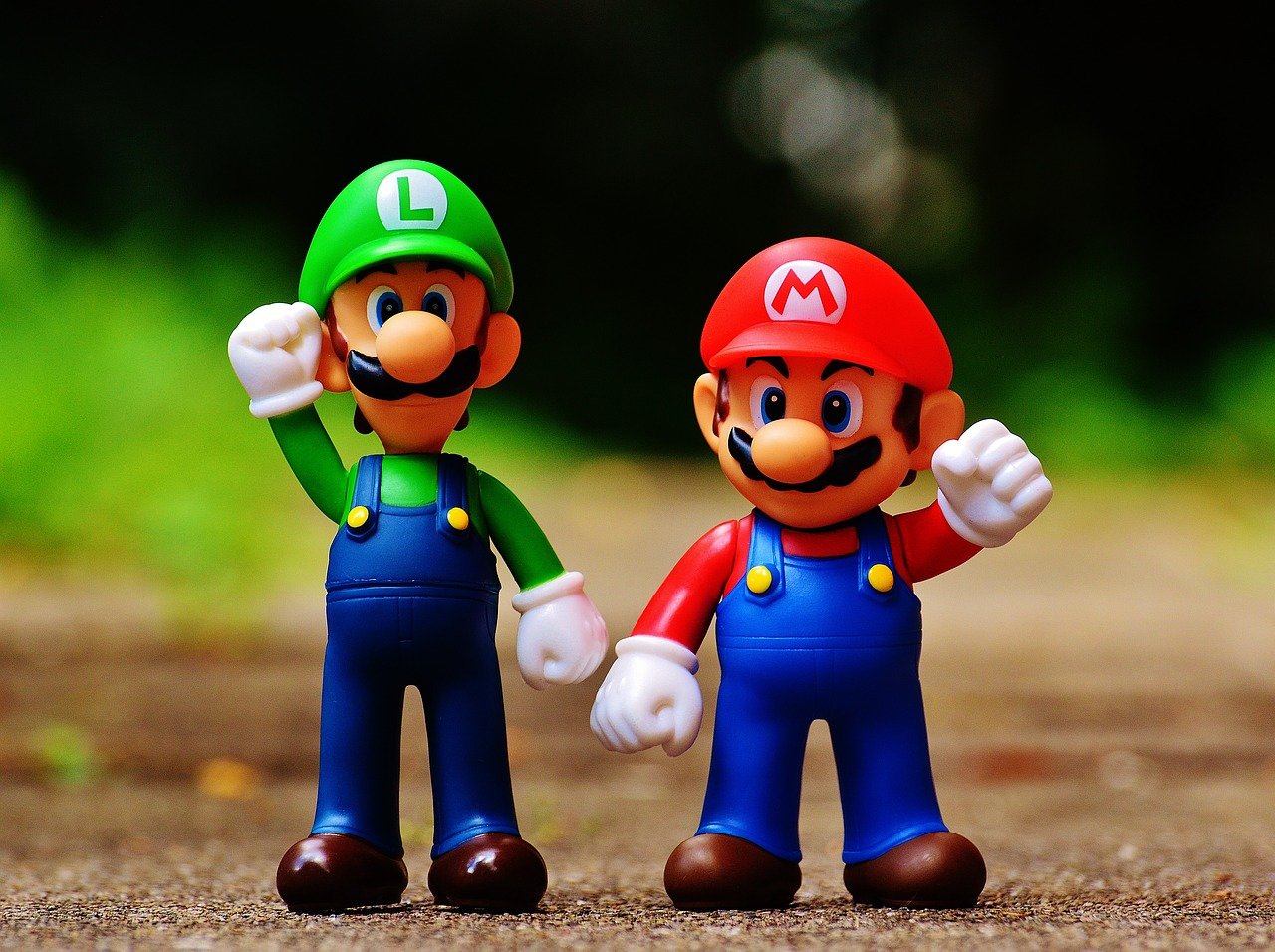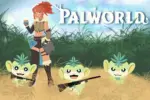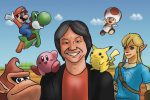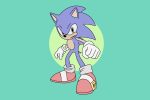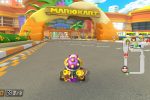Role-playing games are well-established staples in the video game industry. The simplistic nature of the turn-based gameplay makes them attractive for anyone who wants a more strategic video game combat experience. However, RPGs can feel slower during battles if the player only needs to press a button to attack. If you want an RPG game that feels more active, then the Mario & Luigi RPGs are definitely worth a try.
Foundational Mechanics
The Mario & Luigi RPGs follow many of the same beats as typical RPGs. The brothers, Mario and Luigi, roam an overworld and occasionally engage enemies that each character takes turns attacking. There are also customization options for the brothers, which can help boost their stats in combat.
Many successful RPGs like the Pokémon series and the Final Fantasy games share the same beats. In the Mario & Luigi games, the gameplay mechanics engage the players and demand their attention for success throughout the game.
Easy to Learn, Tricky to Master
Gameplay in the overworld is often fast-paced. In both overworld gameplay and combat, Mario is controlled with the A button and Luigi is controlled with the B button. Throughout the games, Mario and Luigi traverse the overworld by running as well as performing their trademark jumps. Fittingly enough, their first method of attack in combat is jumping. Sounds simple, right? Well, it’s a little more complicated than that.
Combat in the Mario & Luigi games are all about timing. It’s not enough to just press a button to attack. You need to hit A for Mario or B for Luigi just before their attack lands for maximum damage. Hit the button too early or too late, and your attack will fail or deal less damage. If you time it correctly, most games in the series (excluding the original Superstar Saga on the Game Boy Advance) allow Mario and Luigi to double jump after their first attacks, although the second jump can also fail if it’s timed incorrectly.
Evolving Gameplay
Abilities learned in the overworld translate into combat, which is one of the most remarkable things about the Mario & Luigi RPGs. Not long into each game, the brothers get access to hammers. Not only does the hammer allow players to progress through the game by breaking boulders, but it also gives the brothers a new hammer attack to use in combat.
Like jumping, hammers require timing as well. Specifically, you have to hit the button just as the hammer sparkles, but that’s only about a half-second window. So if you want a perfect hammer strike, you have to pay attention. In addition, hammers allow you to damage spiked enemies who can’t be damaged by jumping. In fact, trying a jump attack on a spiked enemy will actually damage Mario or Luigi instead.
Not only is the amount of damage you deal dependent on your timing, but so is the amount of damage you take. Abilities like jumping and hammers also translate into defense. When an enemy attacks, Mario and Luigi will pull out their hammers to defend or prepare to jump.
The enemy will give off a signal that clues you in to which brother they’re targeting. If you press the buttons at the right time, Mario and Luigi can avoid damage by jumping over the attack. If hammers are used to defend, the buttons must be pressed to ready swings and be released just before the attack lands to deflect it. Many attacks can also be countered if you time your defense properly.
As the games go on, Mario and Luigi will learn abilities that will help them traverse the overworld, as well as new attack methods called Bros. Attacks, which they can use in combat. These attacks aren’t used with the push of a button either, but by a sequence of buttons that must also be timed for maximum damage.
In Superstar Saga, the learning curve behind the Bros. Attacks is even more pronounced. Every time a Bros. Attack is learned, a few battles pass and Mario and Luigi think of more advanced variants that follow a more complex button sequence, but deal even more damage when executed properly.
Battle Initiation
The Mario & Luigi RPGs also have multiple ways of starting battles that can work either for or against the player. Mario and Luigi can start a battle by jumping on an enemy and dealing starting damage before the formal turn-based combat begins. However, Mario and Luigi can also hurt themselves before the battle begins if they jump on a spiked enemy to start combat, so be careful.
Mario can also start a battle by hitting an enemy in the overworld with his hammer, doing damage to all enemies before combat starts. In Paper Jam, it’s also possible to damage an enemy before combat by running into them with the dash ability. This move only damages one of the enemies rather than all because it takes the brunt of Mario, Luigi and Paper Mario’s dash.
Enemies can also get the drop on the player if they’re not careful. An enemy can sneak up behind the brothers and start combat themselves. While this doesn’t do immediate damage, it does make the brothers trip at the start of combat. This could result in them skipping a turn, which also means that Bros. Attacks are off the table until the tripped brother regains his footing.
Many other RPGs don’t even have enemies in the overworld outside of bosses, so the transition into battle is often sudden and sometimes even random, taking control away from the players and, to an extent, also undermining the immersion. Not only is the player in control of starting battles in the Mario & Luigi RPGs (outside of bosses), but the way they go about it can put them at either an advantage or disadvantage in combat. It may appear like a minor detail, but the Mario & Luigi RPGs show how much of a difference the start of a battle can make.
Conclusion
Taking turns in combat is simple and requires strategy to succeed, one of the qualities that can make RPGs attractive. In the Mario & Luigi RPGs, you’re only as powerful as your skill with timing the brothers’ abilities and memorizing the sequences that come with them. The games require attention and persistence to progress. Overall they make for an immersive, challenging and satisfying experience not found in many other RPGs.


